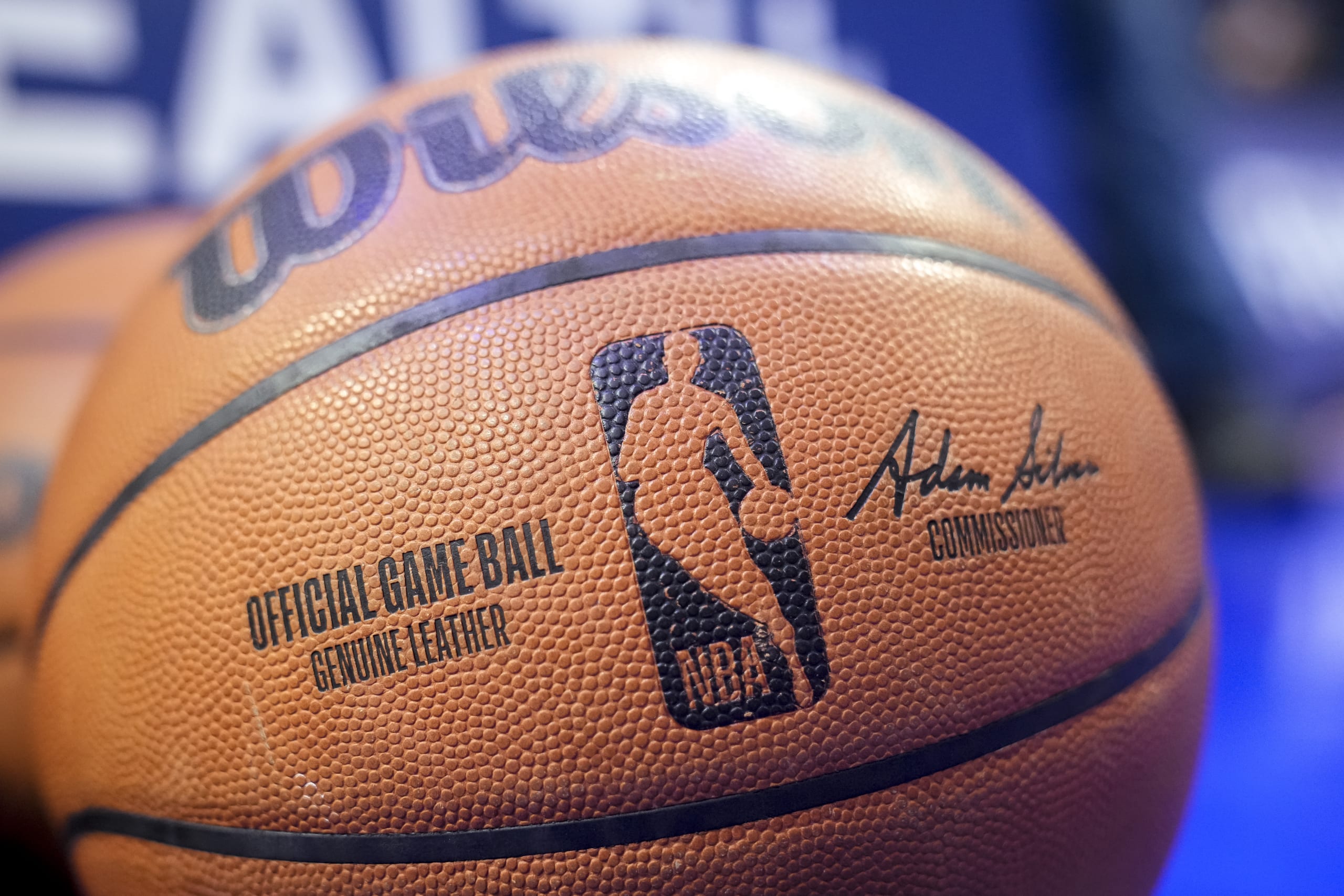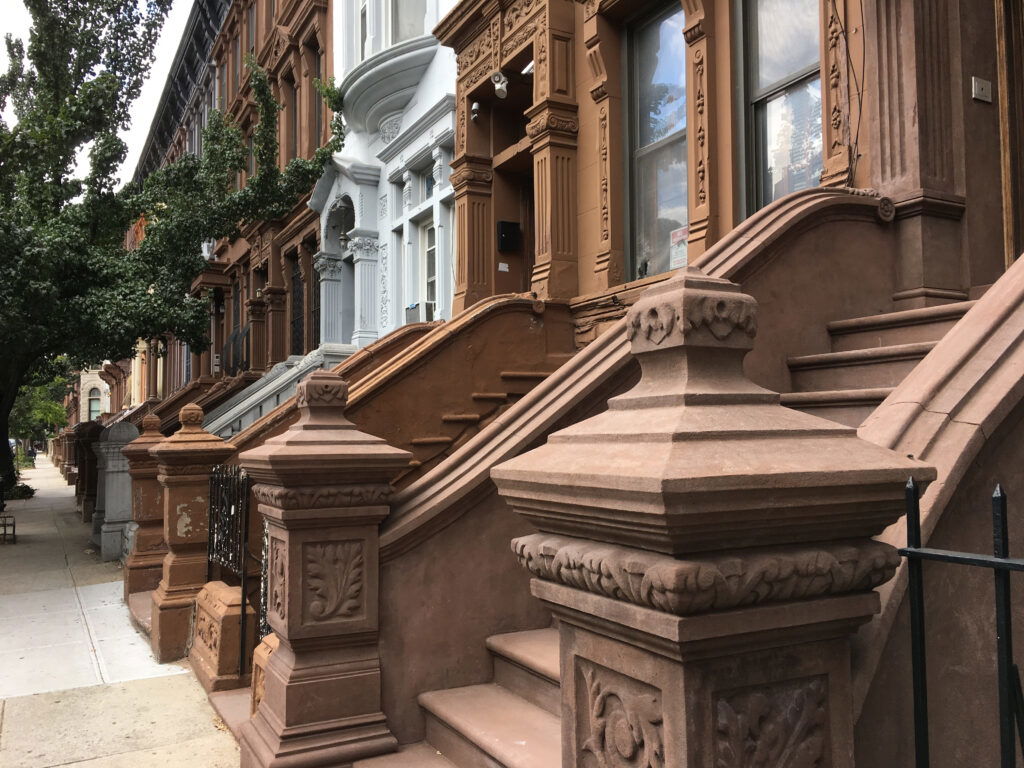Basketball is in a good place with NBA’s new labor deal
OPINION: From better investment and revenue opportunities for players to ending cannabis restrictions, the collective bargaining agreement ensures labor peace The post Basketball is in a good place with NBA’s new labor deal appeared first on TheGrio.

OPINION: From better investment and revenue opportunities for players to ending cannabis restrictions, the collective bargaining agreement ensures labor peace for the next seven years.
Editor’s note: The following article is an op-ed, and the views expressed are the author’s own. Read more opinions on theGrio.
The NBA and National Basketball Players Association recently reached terms on a new collective bargaining agreement, a seven-year pact that should ensure labor peace throughout this decade. Fantastic.
Even better, the deal affects way more than the roughly 500 players each season who draw NBA paychecks.
Those guys are set atop the mountain. Their successful climb leaves new terrain for aspirants who hope to follow, including hundreds of thousands of Black boys. Unfortunately for 99% percent of those hoop dreamers, they’ll never reach the NBA summit, no matter how hard they try. Some come to the realization sooner than others, but eventually, all must accept the fact.
Thanks to the new agreement, none will be deluded and distracted by thoughts of jumping straight to the league.
Despite reports last year that the NBA and NBPA wanted to abolish the “one-and-done” rule — which prohibits teams from drafting high school players — neither side made the issue a priority during negotiations. The league allowed preps-to-pros from 1995 through the 2005 draft, with Kevin Garnett, Kobe Bryant and LeBron James among the stars selected.
Keeping the current rule in place means NBA draftees must be at least 19 years old, the age typically reached after a season in college or another alternative. For the handful of players who might be gifted enough to leap from 12th grade to the NBA first round, the labor deal stinks.
But for everyone else? It’s simply another engaging layer in basketball’s evolving landscape. Now the panoramic view includes NIL deals in college, contracts with the G League Ignite and paychecks from post-secondary options like Overtime Elite, which boasts twins projected to be lottery picks. Teenage ballers today enjoy legitimate opportunities to earn reportable income, not just money under the table.
But don’t blame the NBA and NBPA for maintaining the draft rule. Look at it from their point of view. The players aren’t eager to welcome newcomers any earlier than necessary. The league is uninterested in spending time and money to scout high school teens. And if the NCAA hates the annual exodus of elite freshmen declaring for the draft, who cares? Enjoy as the diehards endure one-and-dones, players they wish never stopped on campus at all.
College basketball’s yearly talent drain isn’t the NBA’s problem. Besides, good for NBA Commissioner Adam Silver and NBPA Executive Director Tamika Tremaglio in keeping a policy that the NCAA detests. The organization is corrupt and unworthy of support, in the latest example asking Congress to enforce the sham of amateurism. It wants lawmakers’ blessing to continue exploiting the unpaid labor force that generates billions of dollars in revenue each year.
While future draftees and wanna-be draftees continue to wait through a year past their high school graduation, they can delve into further studies of marketing, branding and monetization. In the new norm, players can earn six- and seven-figure stacks before reaching the league (if they get there).
As for the current NBA workforce, the deal adds team and league licensing revenue to the recipe, giving players a bigger pie to slice with owners. But Golden State Warriors star Draymond Green doesn’t care for the taste, complaining that “players lose again.”
He’s correct if curbing high-spending teams is a defeat. The agreement features new thresholds and limitations to deter free-spending owners like Joe Lacob (Warriors) and Steve Ballmer (Los Angeles Clippers); they laugh at luxury taxes and sport team payrolls significantly higher than their peers.
But restrictions on a few exorbitant spenders are better than a hard salary cap that limits every team, an idea that was floated and shot down with the quickness. Consider it a victory, unlike the L players took after the 2011 lockout. As a bonus, this deal has provisions that reflect the enhanced earning potential sweeping all levels of basketball.
Players reportedly are allowed to invest in NBA and WNBA teams, cannabis companies and sports betting companies. I’m not crazy about the latter because gamblers link faces to their bad bets. (Washington star Bradley Beal put hands on someone who cursed and blamed him for a $1,300 loss). But allowing investments in cannabis makes sense because Blacks are largely shut out of the booming industry. Not only can they invest in weed, players can smoke it without penalty in the new deal.
“Since day one, the goal of the NBPA in this negotiation was to protect our players, enrich their lives on and off the court, and establish a framework that recognizes our players as true partners with the governors in both the NBA and the business world at large!” Tremaglio said in a tweet.
Green and prospective one-and-done players don’t like the deal. But the NBA is in a good place right now and it’s trickling to ballers throughout the sport.

Deron Snyder, from Brooklyn, is an award-winning columnist who lives near D.C. and pledged Alpha at HU-You Know! He’s reaching high, lying low, moving on, pushing off, keeping up, and throwing down. Got it? Get more at blackdoorventures.com/deron.
TheGrio is FREE on your TV via Apple TV, Amazon Fire, Roku, and Android TV. Please download theGrio mobile apps today!
The post Basketball is in a good place with NBA’s new labor deal appeared first on TheGrio.












